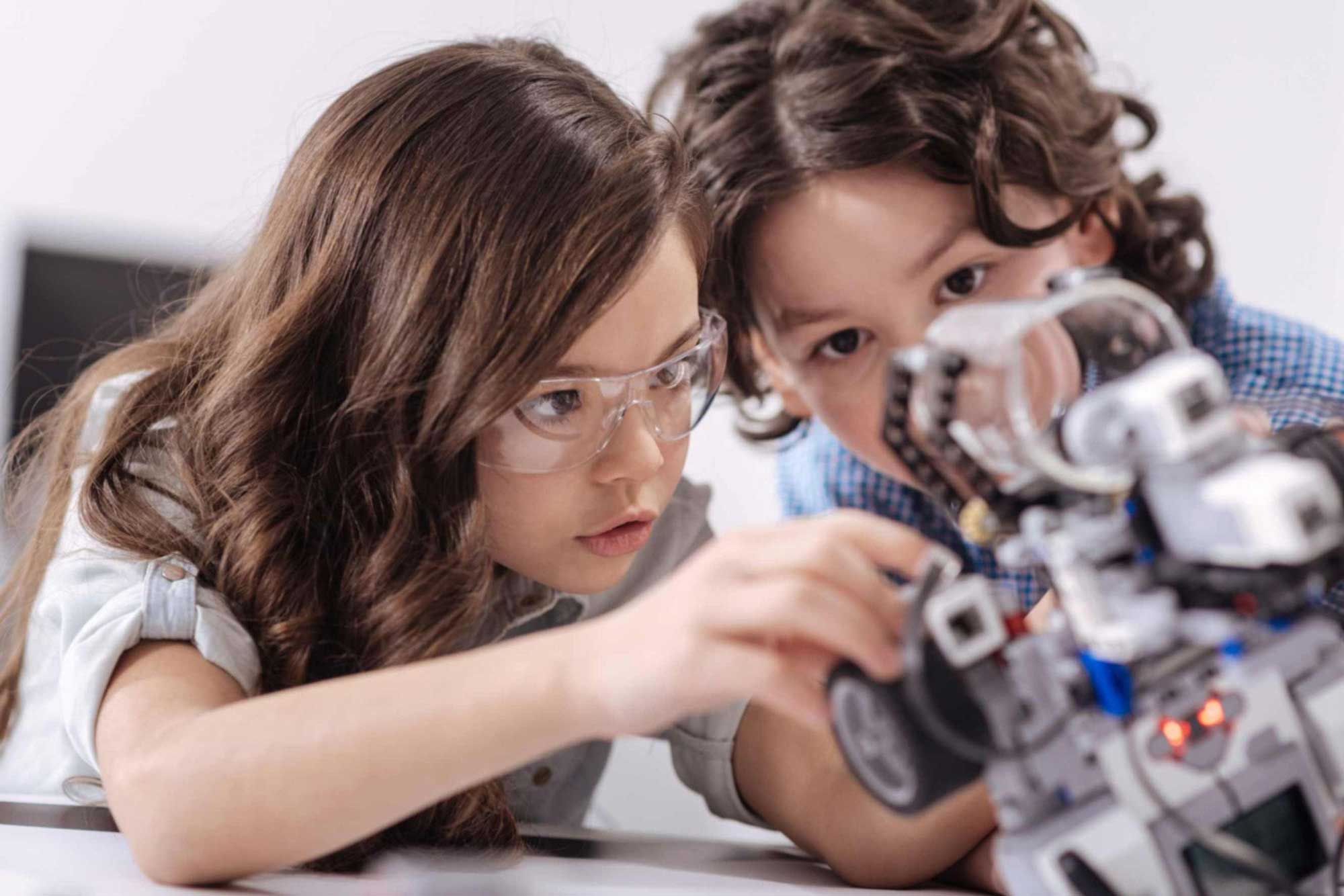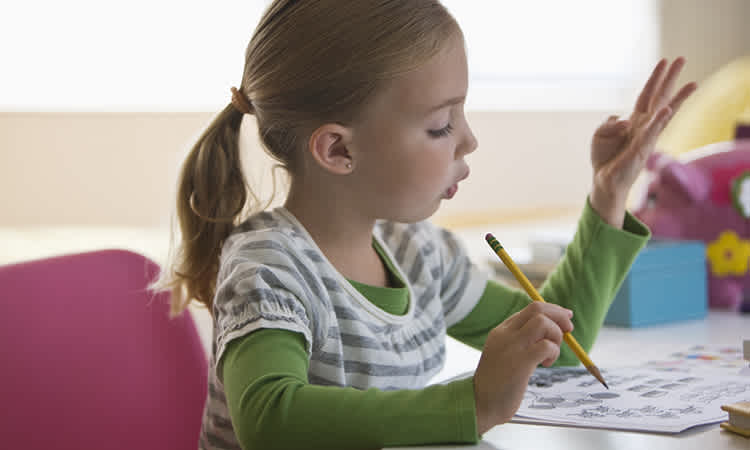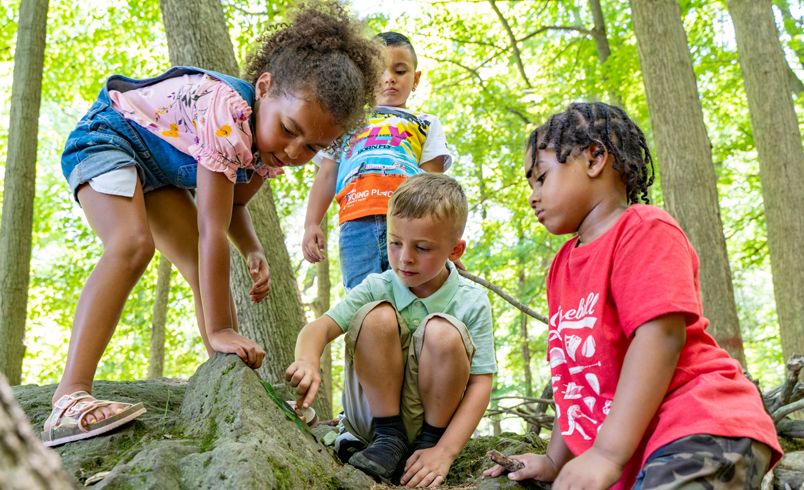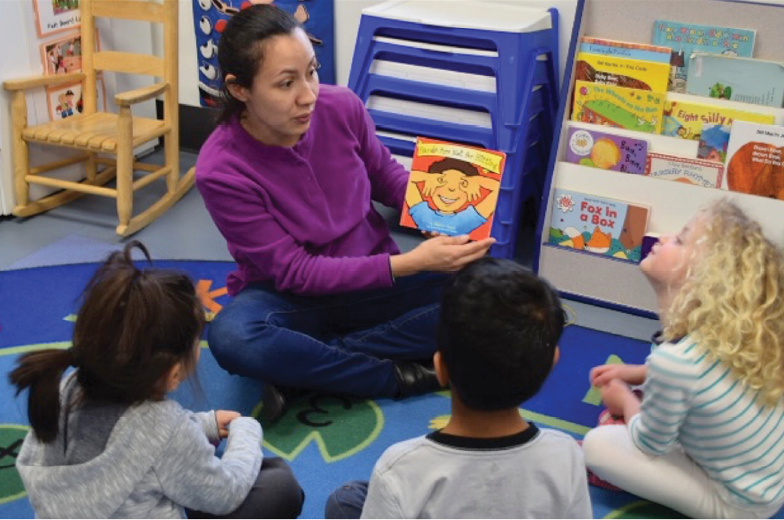As discussed before, play has so many important aspects that promote different areas of development. The environment a child has can impact their amount of and type of play. Other influences, such as the social aspect of the environment, can impact play as well.
This article dives into how parents can influence gender differences in motor development within play. It recognizes the differences of verbalization of play between infants, which ultimately impacts how their child develops. This can help us address how we can better support child development and ensure that every child is receiving the support they need to develop.
To read more, click here!
Mikayla Clemens
Research Assistant, UConn KIDS

:strip_icc()/boy-playing-with-puppy-on-steps-outdoors-142841587-580cfd673df78c2c7316c307.jpg)







